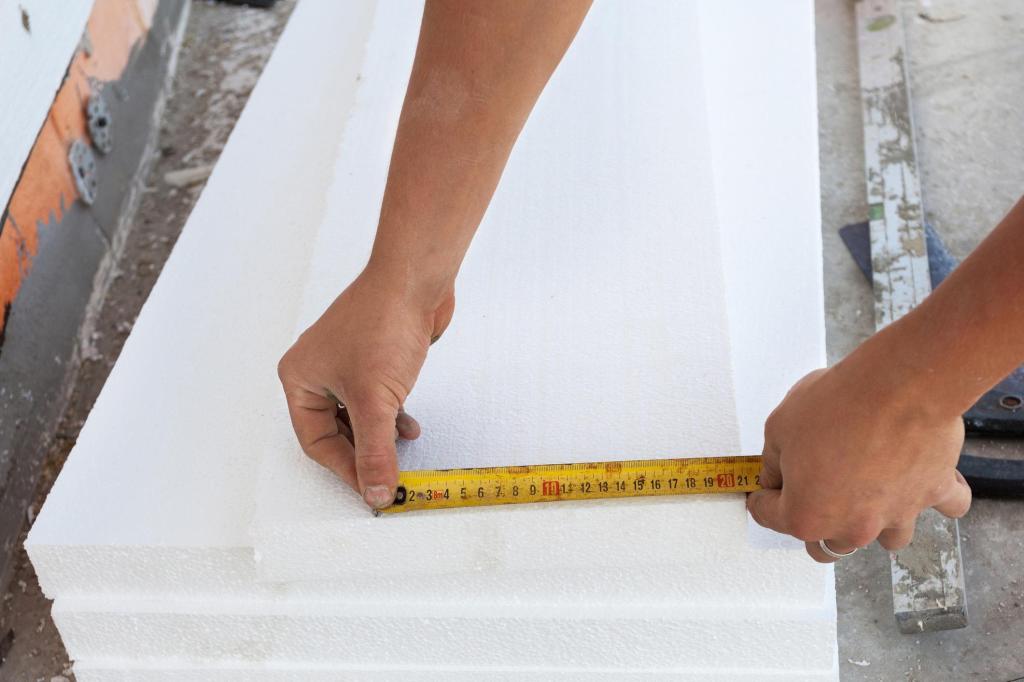Here’s what Americans have to look forward to this winter: While the south will be drier and warmer, the northern U.S. can expect “wetter, cooler conditions,” predicts the National Oceanic and Atmospheric Administration (NOAA).
“Regardless of the outlook, there is always some chance for extreme winter weather, so prepare now for what might come later this winter,” said Mike Halpert, deputy director for NOAA’s Climate Prediction Center.
As a homeowner, what can you do to get ready for the season’s frigid blasts, in order to keep your family warm and comfortable while avoiding heart-stopping heating bills?
Whether you have an older or a newer home, chances are it could use additional insulation to make it more energy-efficient. Approximately 90 percent of U.S. single-family homes are under-insulated, according to research conducted by Boston University for the North American Insulation Manufacturers Association.
With proper insulation, “residential electricity use nationwide would drop by about 5 percent and natural gas use by more than 10 percent,” said Dr. Jonathan Levy, professor of environmental health at BU.
Fortunately, adding insulation in a few key spots in the home isn’t difficult, and is within the skill level of many do-it-yourselfers. Two key areas to check for proper insulation are the attic hatch and basement walls.
If your home’s hatch to the attic is above a heated space (versus in an “unconditioned” space such as the garage), it could be a prime source for heat loss.
“Hot air rises, and many attic hatches are not properly sealed and insulated, so homeowners can be losing big money through that opening,” saidTom Savoy, technical director for Insulfoam.
The U.S. Department of Energy recommends inspecting the attic hatch to make sure it is “at least as heavily insulated as the attic, is weather stripped, and closes tightly.”
For the insulation, homeowners can easily cut and attach rigid foam panels made of expanded polystyrene (EPS) or graphite polystyrene (GPS), noted Savoy.
Rigid foam insulation is also easy to install on basement walls, in garages and attics. Some manufacturers even offer DIY Insulation Kits to help simplify the job.
Available at home improvement stores nationwide, such kits can be used for a quick weekend project to boost your home’s energy savings.
Because insulating the attic hatch and basement walls happens inside the home, you can complete these jobs even in the dead of winter in order to start seeing immediate savings on your energy bills.
Send questions/comments to the editors.


